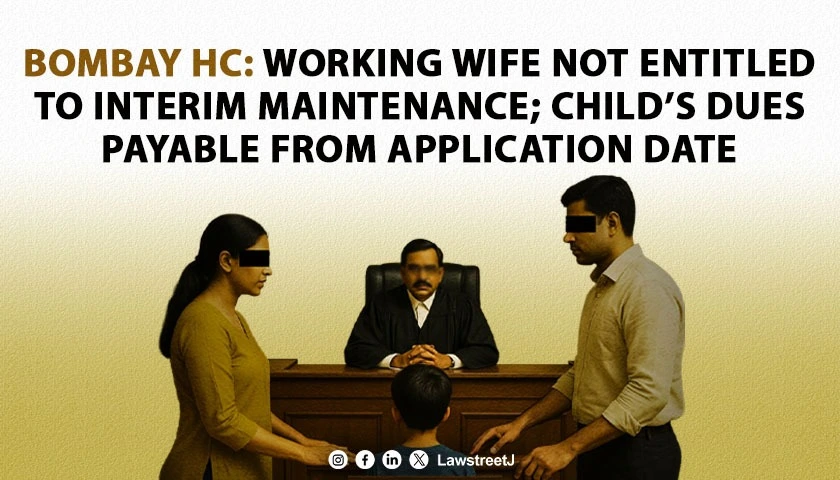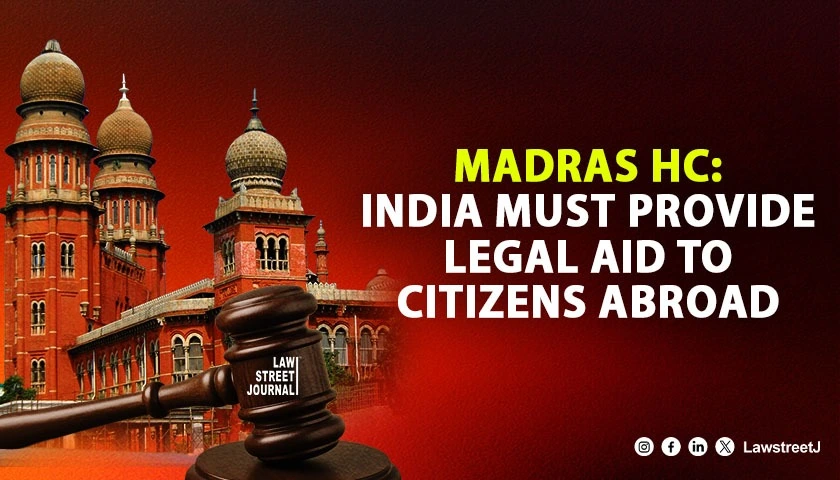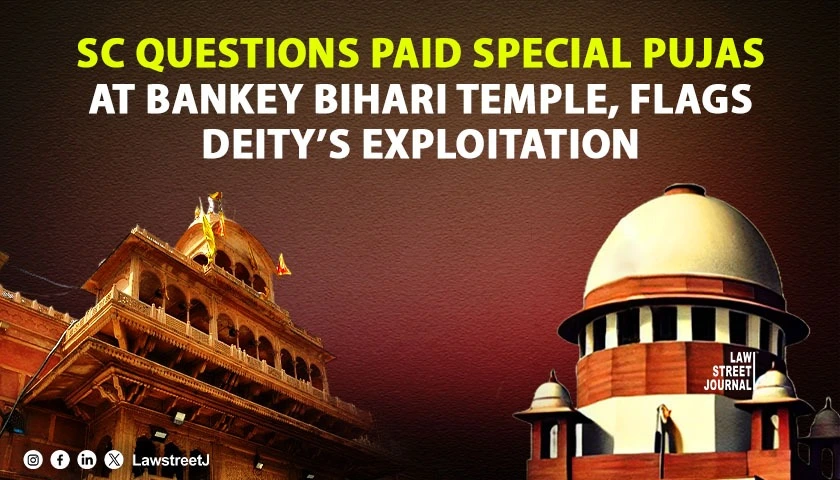Union Finance Minister Nirmala Sitharaman, on 1st February, presented the Union Budget 2022.
She said that the Budget proposals for this financial year rest on health and well-being, infrastructure, inclusive development, energy transition and climate action, financing of investments and 'Minimum Government, Maximum Governance. Indias economic growth is estimated at 9.2% to be the highest among all large economies. 60 lakh new jobs to be created under the productivity linked incentive scheme in 14 sectors.
Significant announcements include digital currency, e-passports and a slew of infrastructure projects. Edible oil, wearable electronics, imitation jewellery, polished diamond are to be cheaper. Fiscal deficit is 6.9% of GDP. Tax relief announced to persons with disabilities. No change in personal income tax rates.
Here is a quick summary of the Budget 2022-23:
Expenditure: The government proposes to spend Rs 39,44,909 crore in 2022-23, which is an increase of 4.6% over the revised estimate of 2021-22. In 2021-22, total expenditure is estimated to be 8.2% higher than the budget estimate
Receipts: The receipts (other than borrowings) in 2022-23 are expected to be to Rs 22,83,713 crore, an increase of 4.8% over the revised estimate of 2021-22. In 2021-22, total receipts (other than borrowings) are estimated to be 10.2% higher than the budget estimates.
GDP: The government has estimated a nominal GDP growth rate of 11.1% in 2022-23 (i.e., real growth plus inflation).
Deficits: Revenue deficit in 2022-23 is targeted at 3,8% of GDP. which is lower than the revised estimate of 4.7% in 2021-22. Fiscal deficit in 2022-23 is targeted at 6.4% of GDP, lower than the revised estimate of 6.9% of GDP in 2021 22 (marginally higher than the budget estimate of 6.8% of GDP). Interest expenditure at Rs 9,40,651 crore is estimated to be 43% of revenue receipts.
Extra Budgetary Resources (EBR): After several years, the budget has not relied on EBR or loans from National Small Savings Fund.
Ministry allocations: Among the top 13 ministries with the highest allocations, in 2022-23, the highest percentage increase in allocation is observed in the Ministry of Communications (93%), followed by the Ministry of Road Transport and Highways (52%), and the Ministry of Jal Shakti (25%).
Income tax: There is no change in income tax rates for individuals and corporations.
Surcharge on Long Term Capital Gains (LTCG) Currently, the surcharge on LTCG on listed equities and equity mutual funds are capped at 15%. The surcharge on other LTCG is 25% of total income is between Rs 2 crore and Rs 5 crore, and 37% if it is above Rs 5 crore. The budget proposes to cap these at 15%.
Tax on virtual digital assets: Income from the transfer of Crypto Currencies and non-fungible tokens will be taxed at the rate of 30%. Any loss incurred from such transfers cannot be set off against any other income or carried forward to subsequent years.
Updating return of income: Taxpayers will be permitted to file an updated return of income within two years of the assessment year. They will have to pay a 25% penalty on tax and interest due if it is filed in the year after the assessment year, and a 50% penalty in the second year.
Co-operatives: Alternate minimum tax for co-operatives will be reduced from 18.5% to 15%. A surcharge will be reduced from 12% to 7% for co-operatives whose total income is between one crore to ten crore rupees.
New companies and start-ups: New domestic companies engaged in manufacturing have an option to pay tax at 15% (without claiming any deductions) if they start manufacturing by March 31, 2023. Certain types of start-ups have an option for a tax holiday for three out of the first ten years if they incorporate by April 1, 2022. Both these deadlines have been extended by one year.
Changes in customs duty: Customs duties on over 500 items have been changed. Many customs exemptions are also being phased out.
The Reserve Bank of India Act, 1934 is being amended to enable RHI to issue its digital currency.
Health and Nutrition: Under Ayushman Bharat Digital Mission, an open platform for National Digital Health Ecosystem will be established. It will consist of digital registries of health providers and health facilities, unique health identity, consent framework, and universal access to health facilities A National Tele Mental Health Programme will be launched to provide access to quality mental health counselling and care services.
Infrastructure: Projects relating to transport and logistics infrastructure in the National Infrastructure Pipeline will be aligned with the PM Gati Shakti framework, which was launched last year. The Prime Minister's Development Initiative for North-East (PM-DevINE) will be implemented through the North-Eastern Council to fund development projects in the North-East region. Also, one lakh crore rupees is being allocated to states for catalysing investments, in the form of 50-year interest-free loans.
Roadways: The PM Gati Shakti Master Plan for Expressways will be formulated in 2022-23. The National Highways network will be expanded by 25,000 km in 2022-23.
Railways: One-station-one-product concept will be implemented to help local businesses and supply chains. 400 new Vande Bharat trains will be developed and manufactured during the next three years. Further, 100 cargo terminals for multimodal logistics facilities will also be developed during the next three years.
Telecom: Spectrum auctions will be conducted to facilitate the rollout of 5G mobile services within 2022-23. A scheme for design-led manufacturing will be launched to build an ecosystem for 5G as part of the Production Linked Incentive (PLI) Scheme.
Energy and Environment: A battery swapping policy for electric vehicles will be implemented. Four pilot projects for coal gasification and conversion of coal into chemicals required for the industry will be set up. Sovereign Green Bonds will be issued in 2022-23 for mobilising resources for green infrastructure.






